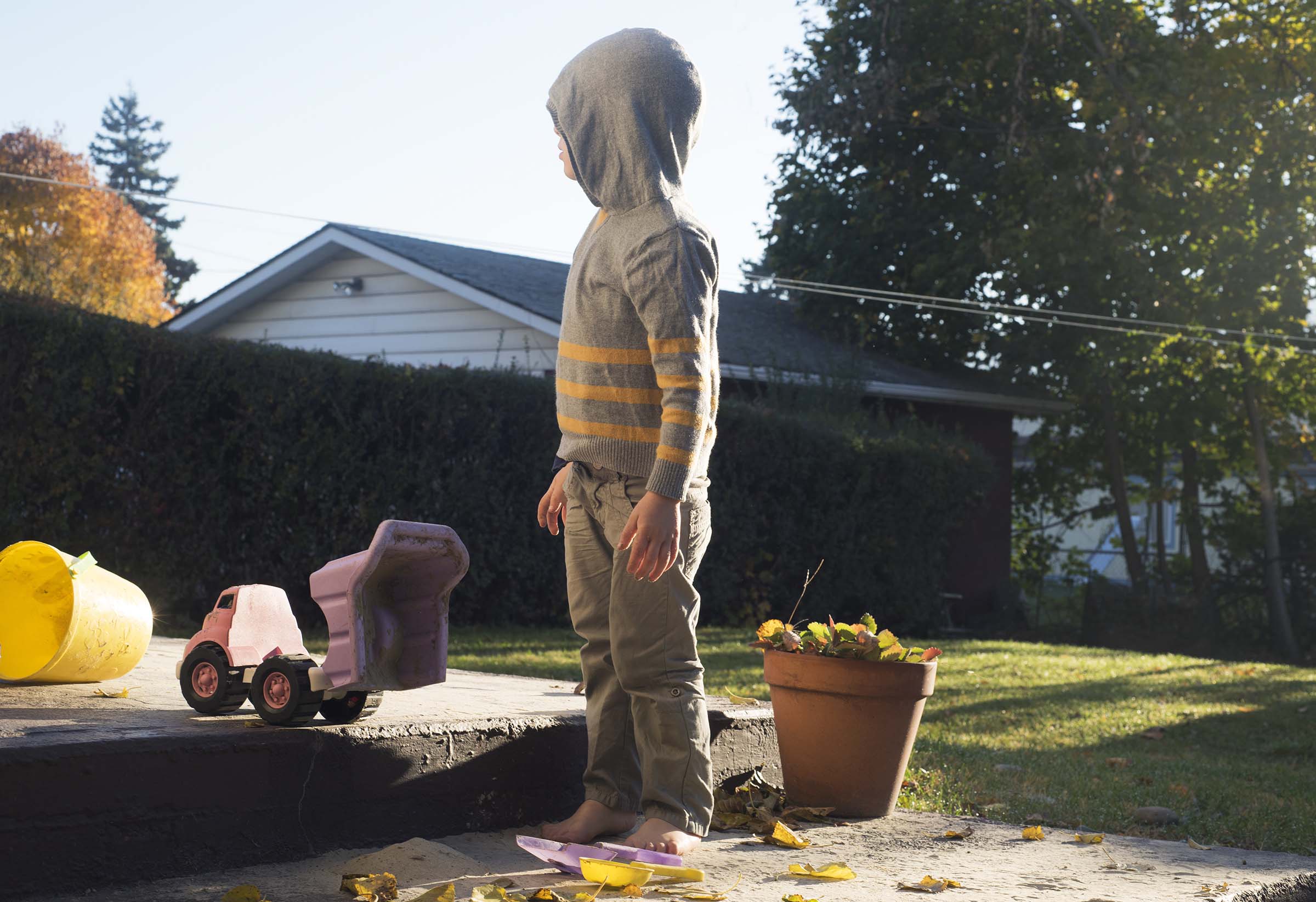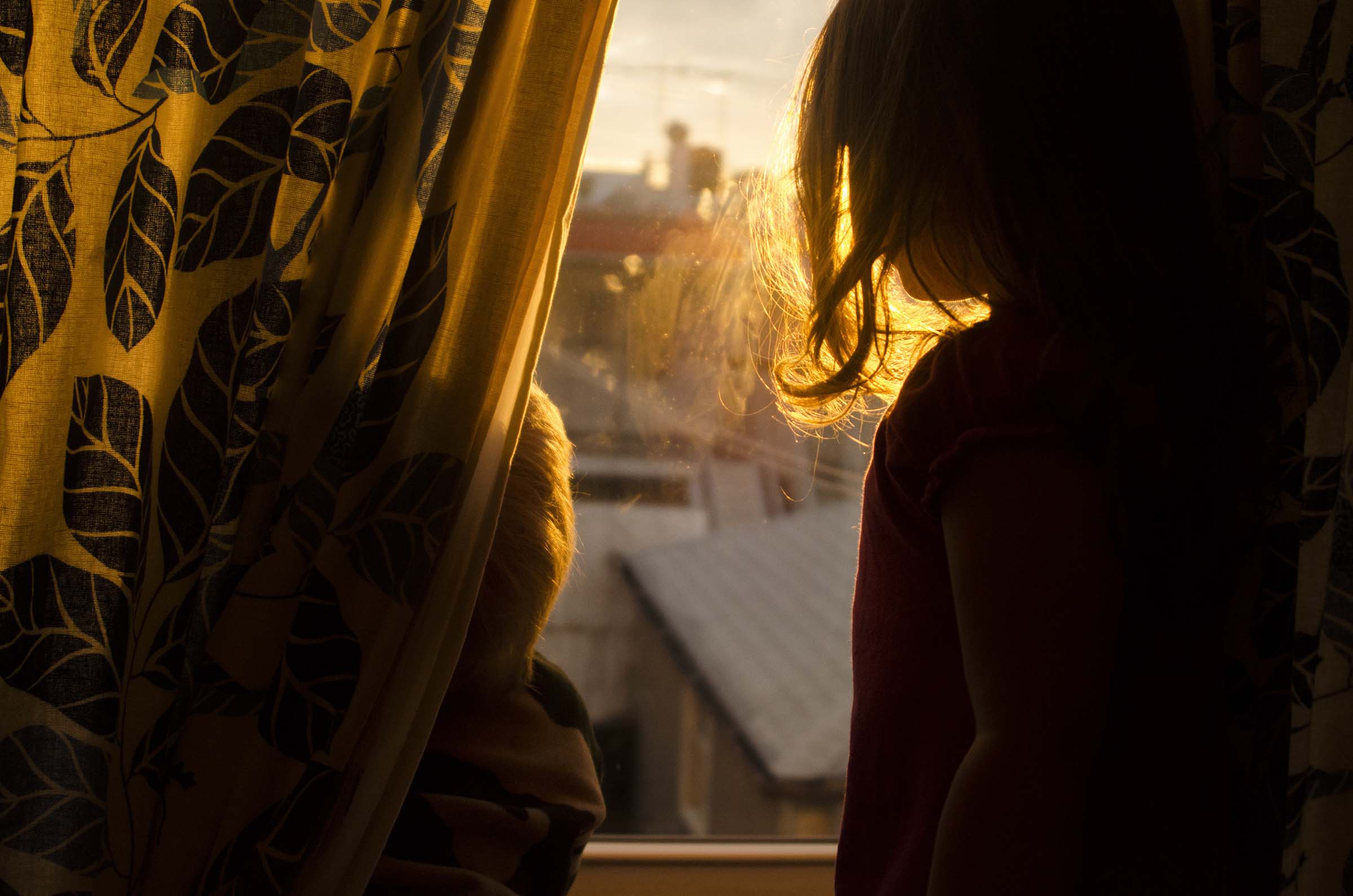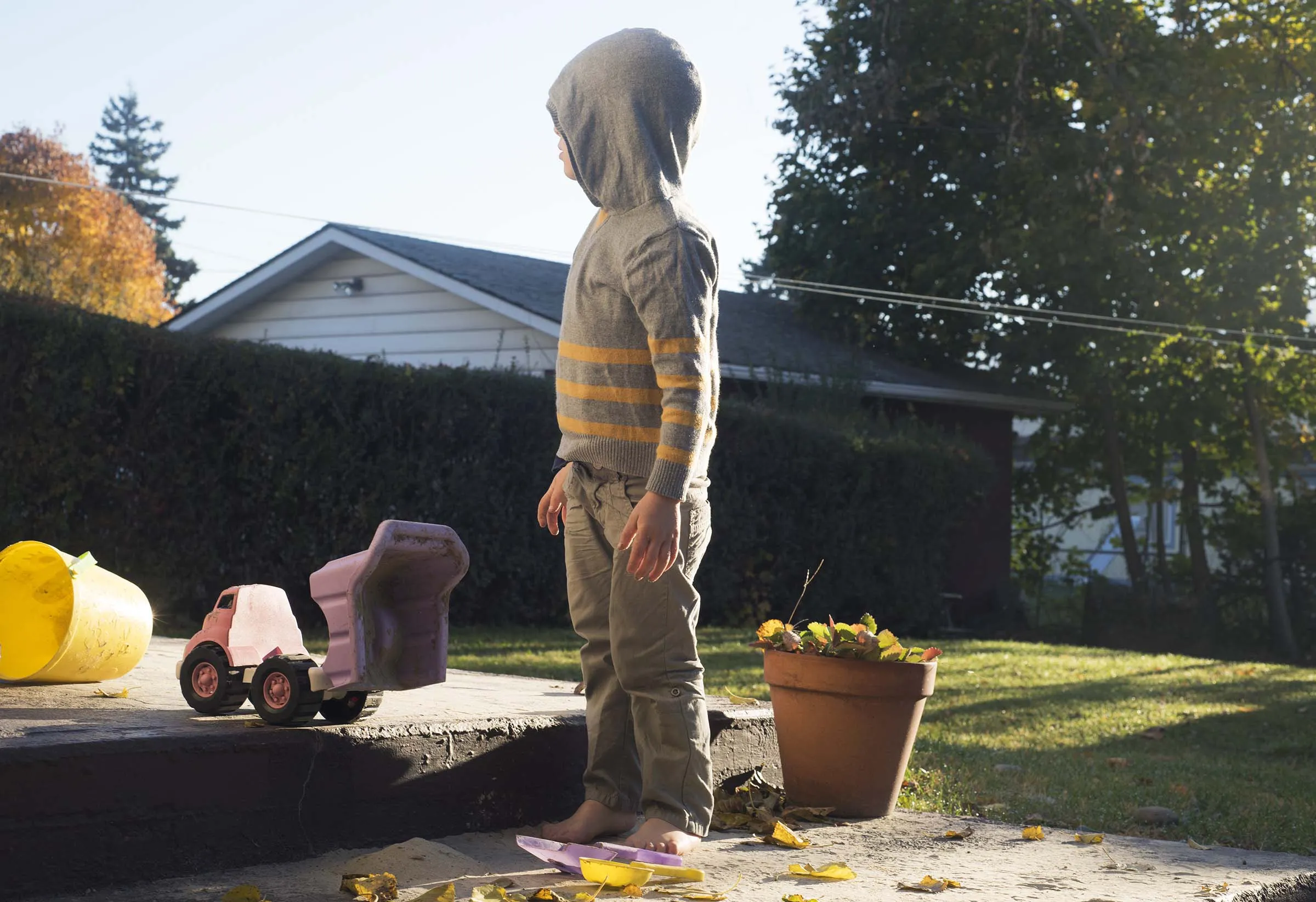
Continuing Education (CE): Tell us a little about yourself. What kind of classes have you taught at ICP before? What other projects are you currently involved with?
Lesly Deschler Canossi (LDC): At ICP, I have taught everything from black-and-white and Type C color analog darkroom, digital printing, and Lightroom, to portfolio development seminars, where I help photographers to articulate and execute long-term projects from inception to completion. A few production classes I have created and taught include The Self-Published Artist: Zines and Artist Books, which introduced handmade and found materials as subject; Making It Work, a class tailored to people with busy schedules; and From Print to Wall, which highlighted next steps for artists after their work had been made, moving them from production to exhibition. In addition to being a photo educator, I am a professional printer [archival inkjet] and co-creator of Women Picturing Revolution [WPR], an organization dedicated to highlighting the work made by female photographers in response to forced silence, oppression, or the inability to act. We create classes, panels, and content around this work and are currently co-editing a book titled The Representation of Black Motherhood and Photography. I am also an artist and a mother.
CE: How have recent events shaped your idea to come up with the topic of the class, Domestic Space in the Era of Social Distancing?
LDC: I wanted to create a community for photographers to come, make, share pictures, and stay motivated through the COVID-19 crisis. Keeping in touch with others that share our passions and intellectual/artistic interests is key. Nearly everyone is working from home, or they are at home and trying to figure out ways to work. On top of this stress, many are now teachers to their children. All of this is going on while everyone is trying to stay healthy and make sense of this intense new reality. My own artistic practice stems from the domestic space as a site of negotiation; for more than ten years, I have worked from home, where my print studio is located. As the primary caregiver of two children, I have struggled with balance, but always found ways to make it work—or, at the least—get it done.
It was tremendously stressful for many years and, in fact, it took me a long time to find the right “balance,” although I use that word with caution. I feel I have much to offer on how to make this work despite tremendous challenges. This virus is another layer to that story. I ask, “What does it mean to photograph now?” Can the camera give us a sense of control in a time when so many other variables seem beyond our control? How does this moment look in photographs? How we coexist and co-create is already offering incredible work, as we have seen on social media. Having said that, some of us will feel creative and others will just be hanging on one day at a time. I am interested in supporting both experiences and I have felt both.

CE: What can students expect from the Domestic Space class?
LDC: Students will be challenged to make photos with intention. They will be asked to share work in class and can expect constructive feedback through critique sessions. We will look at ways other storytellers have documented home and find our own place in this history, if even just for this moment. Each week, we will look at current work being made in responce to staying home. A couple that I am falling in love with each day include Elinor Carucci’s A Day in a Corona Life on Instagram and the Getty Challenge, which is both humorous and revealing. I am also finding many great works from individual photographers at #ICPConcerned.
I am excited to see so many approaches, from conceptual to fine art, or even through a documentary lens. This shared moment is rich for explorations into humor, emulation, intimacy, isolation. All of these spaces offer tremendous opportunities for interpretation. Students will be pushed to articulate their vision and goals for their pictures. But I have very realistic expectations on how much work can be made. Some students will be prolific while others will make a thoughtful image or two a day. There is space for both approaches in my class.
CE: How has the COVID-19 pandemic changed how you are currently making work?
LDC: It has not changed where I work; rather, it has changed what I am drawn to capturing. I am finding my images to be darker, both visually and in terms of content. The sensation of touch has captivated me now more than ever, as it seems to be the one experience nearly everyone is either missing or feeling overwhelmed by, based on who they are isolating with. I am creating and organizing for online panel events. I am hungry for international conversations and exchanges, and do not want to forget the vital conversation and progress we were having pre-COVID-19.
I have two groups that I meet with once a week or so online, and we just co-work, which means we enter a digital social space where we do our own thing and check in with each other periodically. It is intended to simulate a studio space or coffeehouse, and this effort speaks volumes to our need for community.
And finally, the pandemic has helped me to remember who I was, pre-pandemic. I am spending a bit more time watching the films that first moved me, listening to music that makes me move while wiping down groceries, or preparing another meal for my family—and that is helping. I am starting to read poetry, which I did not expect and have never really done before, and am curious how that will inform my photographic work.
Interested in learning more? Register now for Domestic Space in the Era of Social Distancing.


